Engine Block Cover
Crafted from durable plastic, our engine block covers are essential components designed to enhance your driving experience.
These covers serve as effective sound insulators, contributing to a quieter and more refined driving environment.
Beyond their acoustic benefits, these meticulously engineered block covers act as formidable shields, safeguarding your engine from intrusive elements such as dust, sand, and water.
By preventing these contaminants from infiltrating critical engine components like fuel injectors and air intakes, our engine block covers play a crucial role in maintaining optimal performance and longevity.
Experience the perfect balance of functionality and durability with our state-of-the-art engine block covers.
Whether you’re navigating city streets or tackling off-road terrain, trust in the reliability and performance of our product.
Elevate your driving experience with our versatile and high-quality engine block covers.
$620.00
CompareEngine Block Cover
The engine block cover, also commonly known as the engine cover or engine bay cover, is a protective component located on the top of an engine. It serves multiple purposes, including shielding engine components, reducing noise, and enhancing the overall aesthetic appeal of the engine bay. The engine block cover is often the first visible part of the engine when the hood is opened, providing a clean and organized appearance.
Material and Construction
Engine block covers are made from various materials chosen for their durability, heat resistance, and lightweight properties. Common materials include:
- Plastic/Polymer: Most engine covers are made from high-quality, heat-resistant plastics or polymers. These materials are lightweight, making them easy to handle and install, while providing sufficient strength and durability to withstand the harsh environment of the engine bay.
- Metal (Aluminum or Steel): Some high-performance vehicles use metal covers, typically made from aluminum or steel. Metal covers offer superior strength and heat resistance. Aluminum is particularly popular for its lightweight properties and ability to dissipate heat effectively.
- Composite Materials: In certain cases, composite materials are used for engine block covers to combine the benefits of different materials. These composites may include a blend of plastic, carbon fiber, or fiberglass to enhance strength and reduce weight.
- Decorative Finishes: Engine covers can come with various finishes, such as polished metal, painted surfaces, or branded logos and insignias. These finishes not only enhance the engine’s visual appeal but also provide additional protection against corrosion and wear.
Design and Functionality
The engine block cover is designed to serve several key functions:
- Protection of Engine Components: One of the primary functions of the engine cover is to protect vital engine components from external contaminants such as dust, dirt, and debris. By covering the top of the engine, it helps to keep these particles away from sensitive parts like the intake manifold, fuel injectors, and ignition coils.
- Heat Management: The cover helps manage heat within the engine bay by providing an insulating barrier that minimizes heat transfer to surrounding components. This helps maintain optimal engine temperatures and prevents overheating of plastic components and wiring.
- Noise Reduction: Engine covers contribute to sound insulation by dampening engine noise and vibrations. This helps create a quieter cabin environment for passengers, improving overall comfort during vehicle operation.
- Aesthetic Enhancement: Beyond functionality, engine block covers are designed to improve the visual appeal of the engine bay. They provide a neat, organized look, often featuring branded logos, designs, or color schemes that match the vehicle’s branding or styling cues.
- Aerodynamics and Airflow: In some high-performance vehicles, engine covers are designed to improve aerodynamics by managing airflow within the engine bay. They can direct air to specific areas, such as cooling systems or intake manifolds, enhancing overall engine efficiency and performance.
- Easy Access for Maintenance: Many engine covers are designed to be easily removable, allowing technicians quick access to the engine components beneath them for maintenance and repairs. They often feature simple clips, screws, or fasteners that make removal straightforward.
Types of Engine Block Covers
Engine block covers come in various designs and styles, depending on the type of vehicle and its intended use:
- Standard Plastic Covers: These are the most common type of engine covers found in many passenger vehicles. They are made from molded plastic, providing basic protection and noise reduction while keeping production costs low.
- Performance Engine Covers: Found in high-performance or sports cars, these covers are often made from materials like carbon fiber or aluminum. They may feature specialized designs that enhance cooling, reduce weight, or include visual elements that highlight the performance-oriented nature of the vehicle.
- Luxury Engine Covers: In luxury vehicles, engine covers are designed to complement the high-end aesthetic of the vehicle. They often feature premium finishes, such as chrome or polished metal, and may include branding elements like the car manufacturer’s logo embossed or engraved on the cover.
- Aftermarket Engine Covers: These are custom-designed covers available from aftermarket manufacturers. Car enthusiasts often choose aftermarket covers to personalize their engine bay, with options ranging from custom paint jobs to covers with unique shapes and logos.
Components and Features of Engine Block Covers
The design and features of an engine block cover may vary, but common elements include:
- Mounting Points: Engine covers are secured using mounting points that attach to specific locations on the engine. These mounting points are usually reinforced to handle vibrations and movement from engine operation.
- Insulation Material: Many engine covers incorporate insulation materials on their underside to enhance sound and heat insulation. This helps reduce engine noise and prevents heat from affecting the cover’s exterior surface.
- Ventilation Openings: Some covers feature strategically placed openings or vents to allow airflow into the engine bay. These openings help in cooling the engine and maintaining optimal temperatures, particularly in high-performance engines.
- Decorative Elements: Logos, brand names, or other decorative elements are often embossed, printed, or engraved on the engine cover. These features add a personalized touch and emphasize the vehicle’s make or model.
- Heat Shields: In some designs, additional heat shields are integrated into the cover to protect specific areas from excessive heat exposure, safeguarding plastic components and reducing the risk of heat-related damage.
Performance and Benefits
Engine block covers offer several performance benefits and advantages, making them a valuable component in modern vehicles:
- Enhanced Engine Longevity: By protecting critical engine components from contaminants, heat, and moisture, engine covers help prolong the life of the engine, reducing the risk of premature wear or damage.
- Improved Aesthetics: Engine covers contribute to a clean and professional appearance in the engine bay, making them a popular feature in both factory and aftermarket automotive design.
- Quieter Cabin Environment: By reducing engine noise and vibration, the cover improves the comfort of the vehicle’s occupants, providing a quieter and more pleasant driving experience.
- Better Heat Management: The cover helps to regulate heat within the engine bay, preventing overheating of components and contributing to overall engine performance and efficiency.
- Customization and Personalization: For car enthusiasts, aftermarket engine covers provide an opportunity to customize the engine bay with unique designs, colors, and materials that reflect personal style or enhance the vehicle’s performance aesthetic.
Applications and Use Cases
Engine block covers are used in a wide range of vehicles, from everyday passenger cars to high-performance sports cars and luxury vehicles:
- Passenger Cars: Most modern passenger cars come equipped with plastic engine covers that provide basic protection, noise reduction, and a clean appearance under the hood.
- Performance Vehicles: High-performance and sports cars use specialized engine covers made from lightweight materials like carbon fiber, designed to enhance both the appearance and functionality of the engine bay.
- Luxury Vehicles: In luxury cars, engine covers are often designed to match the vehicle’s high-end aesthetic, featuring premium materials and finishes that reflect the brand’s reputation for quality and craftsmanship.
- Commercial Vehicles: Some commercial vehicles and trucks use engine covers to protect against the harsher environments they may encounter, such as dust, dirt, and moisture.
- Motorcycles: Although less common, some high-performance motorcycles may use engine covers to protect critical components and enhance the bike’s aesthetic appeal.
Conclusion
The engine block cover is a vital component in modern automotive design, offering protection, noise reduction, heat management, and aesthetic enhancement for the engine bay. Made from materials like plastic, aluminum, and carbon fiber, engine covers are designed to withstand the harsh conditions of the engine bay while improving the overall appearance of the vehicle. With options ranging from standard factory-installed covers to custom aftermarket designs, engine covers to cater to the needs of everyday drivers, car enthusiasts, and luxury vehicle owners alike, providing a balance of form and function that contributes to the vehicle’s performance, longevity, and style.




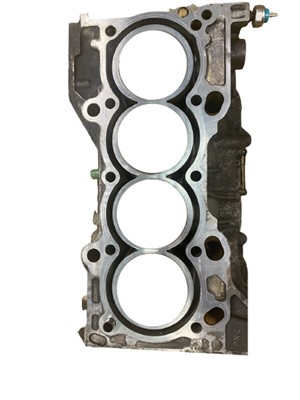
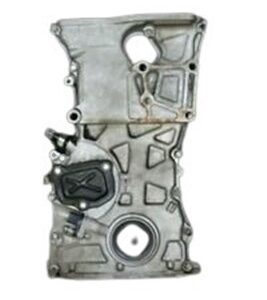
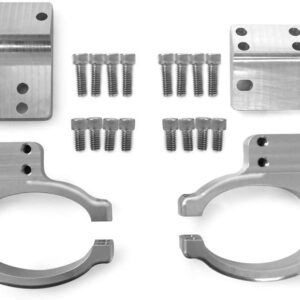
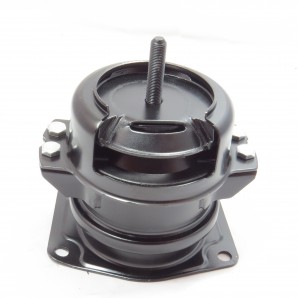
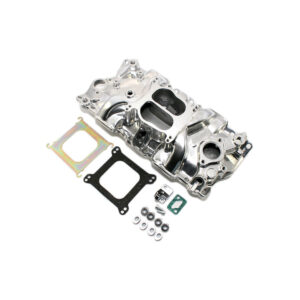
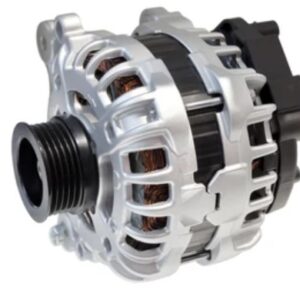
There are no reviews yet.